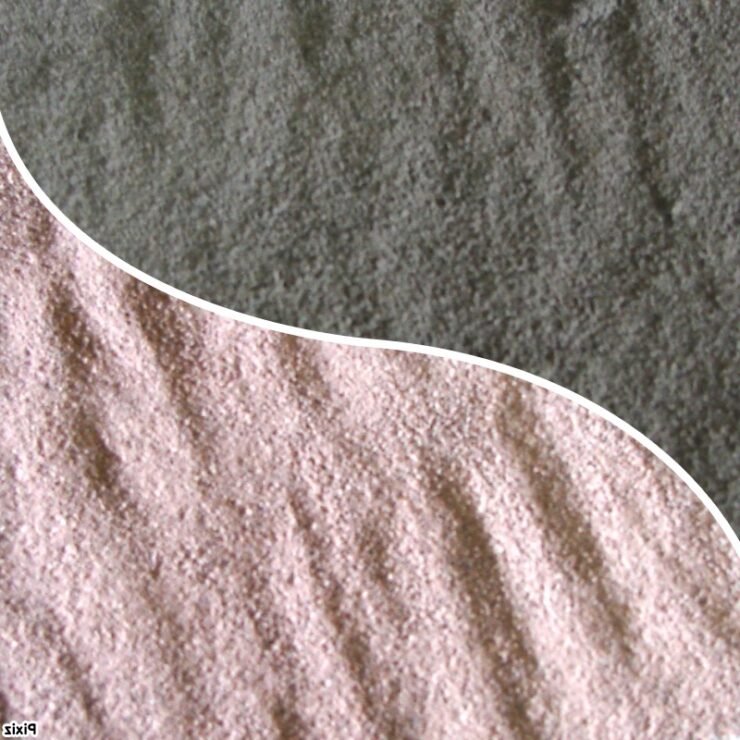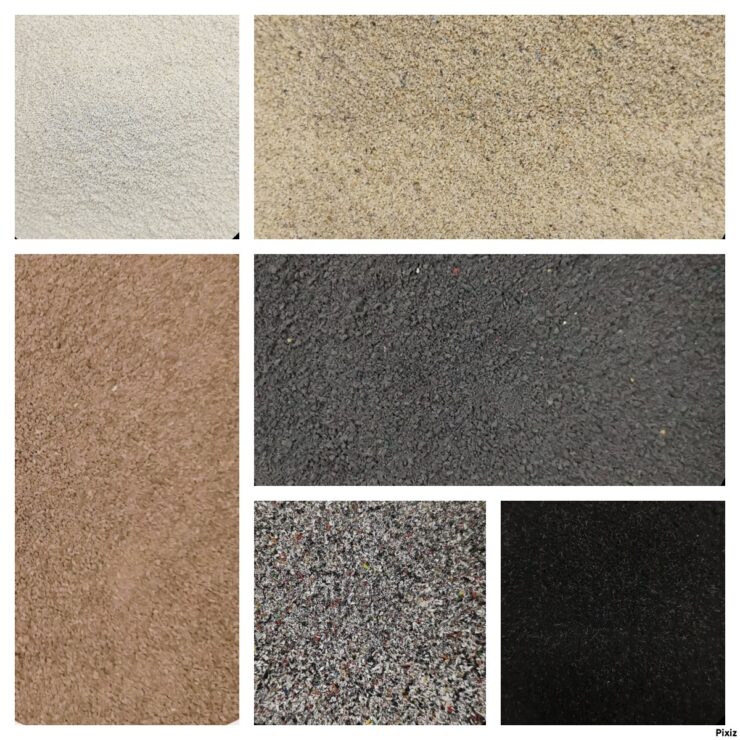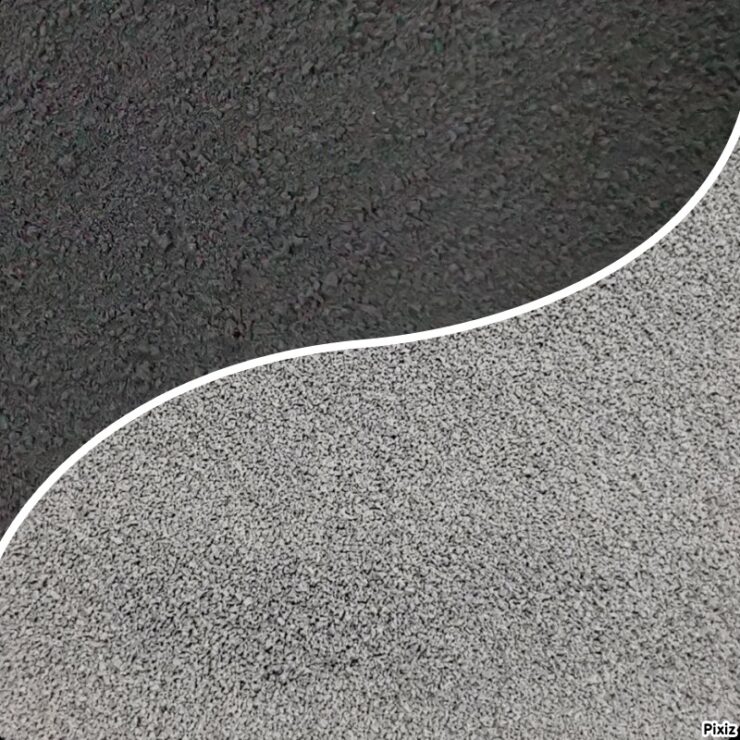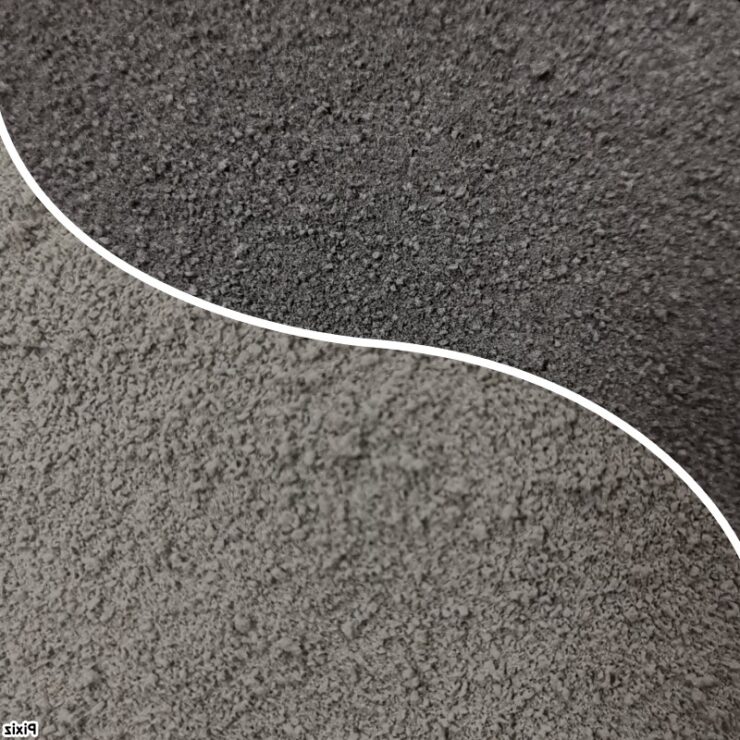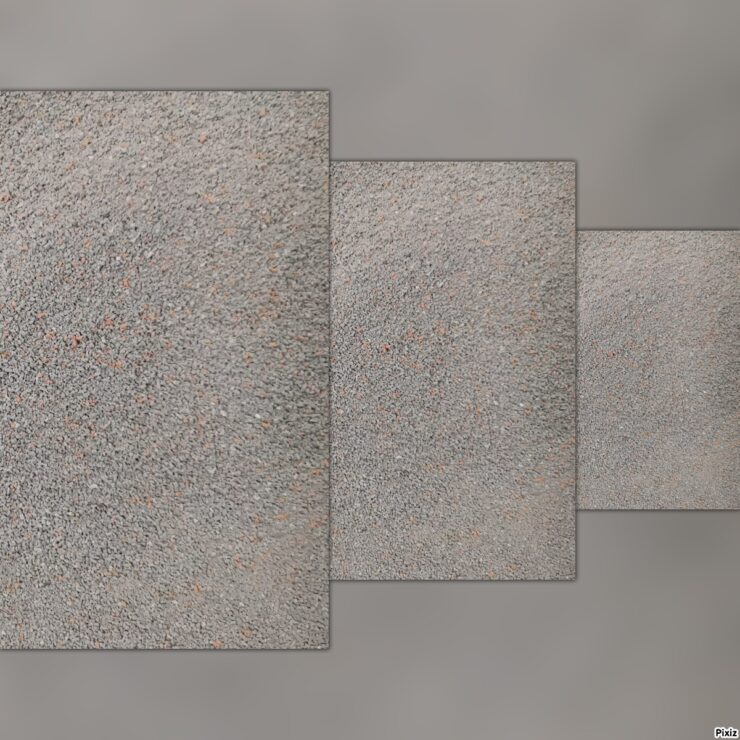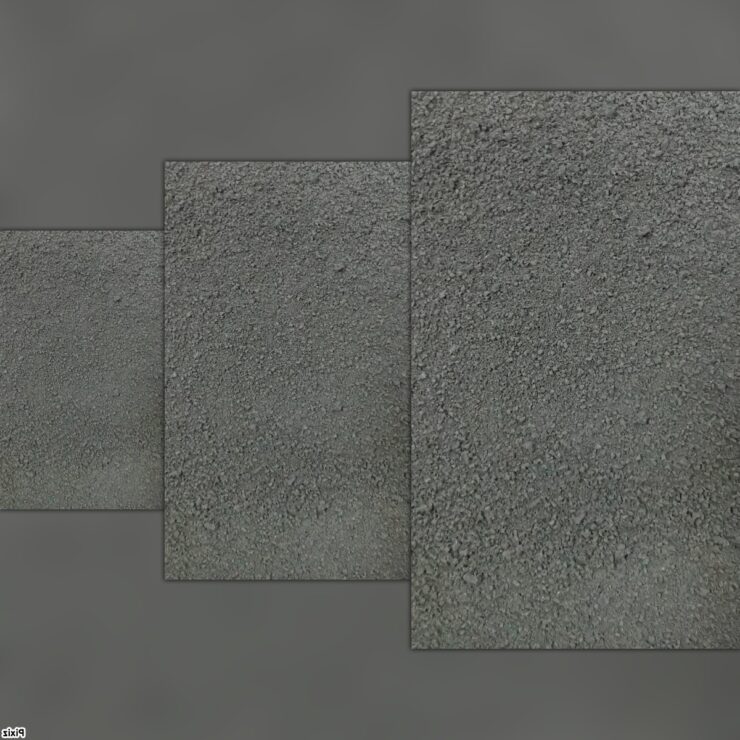Recycled rubber powder production types: SBR, HS65, NBR, EPDM, CR, BIIR
ProductsClick to image for details, technical data sheets and request a quote
Our full range of recycled rubber powder since from started production in 1990.
We have different product types for rubber compound as:
SBR (styrene butadiene).
EPDM (ethylene polypropylene diene monomer).
NBR (nitrile rubber).
CR (coloroprenic rubber)
BIIR (bromobutyl rubber).
HS 65 (high styrene rubber).
We can make any granulometry required for the type of application both in rubber compound and for other sectors such as paints, cement mortars, etc.
Prismi is a pioneer in Europe in the rubber powder production with high quality elastomer characteristic
Our experience boasts the supply of many production lots for companies producing high-end rubber products.
The mixing room is essential for the use of our recycled rubber powder product in order to be perfectly mixed.
The products that are widely used are SBR powders and EPDM powders.
From our knowledge we can say that a use of 10% of our recycled rubber powder does not reduce the elastomer characteristics of high quality finished products
cryogenic or mechanical recycled rubber powder?
The rubber powder recycled in SBR, EPDM, NBR, CR, BIIR and HS65 can be produced with two methodologies.
The mechanical pulverization process has always used a greater use of electricity than cryogenic technology.
Even over time this difference for process optimization has reduced to about 15% in favor of the recycled cryo rubber powder.
The advantage of mechanical dust, however, exists in the measure of the surface per gram which in our production is between 0.1-0.5 mq / gr.
This results in excellent interaction properties with the virgin polymer.
Reducing the abrasion coefficient with respect to the cryogenic product.
There is a limit of possibility of mechanically pulverizing the rubber powder with a net above 425 microns.
main applications of recycled rubber powder
The applications of our recycled rubber powder cover many sectors of use such as:
modified bitumen for asphalt. the production of waterproofing paints. porous hoses for gardening. carpet molding and rubber soles.
Usually used on the production of general rubber compound as substitute of filler carbonate to reduction the wheight final product. By this increase the quality of polymer on the carachteristic of abrasion test. The percentage use on rubber componding is comprised oraund 10 to 15 % in wheight
read our articles in our blog which will be continuously updated to provide you with ideas and solutions for your application.

